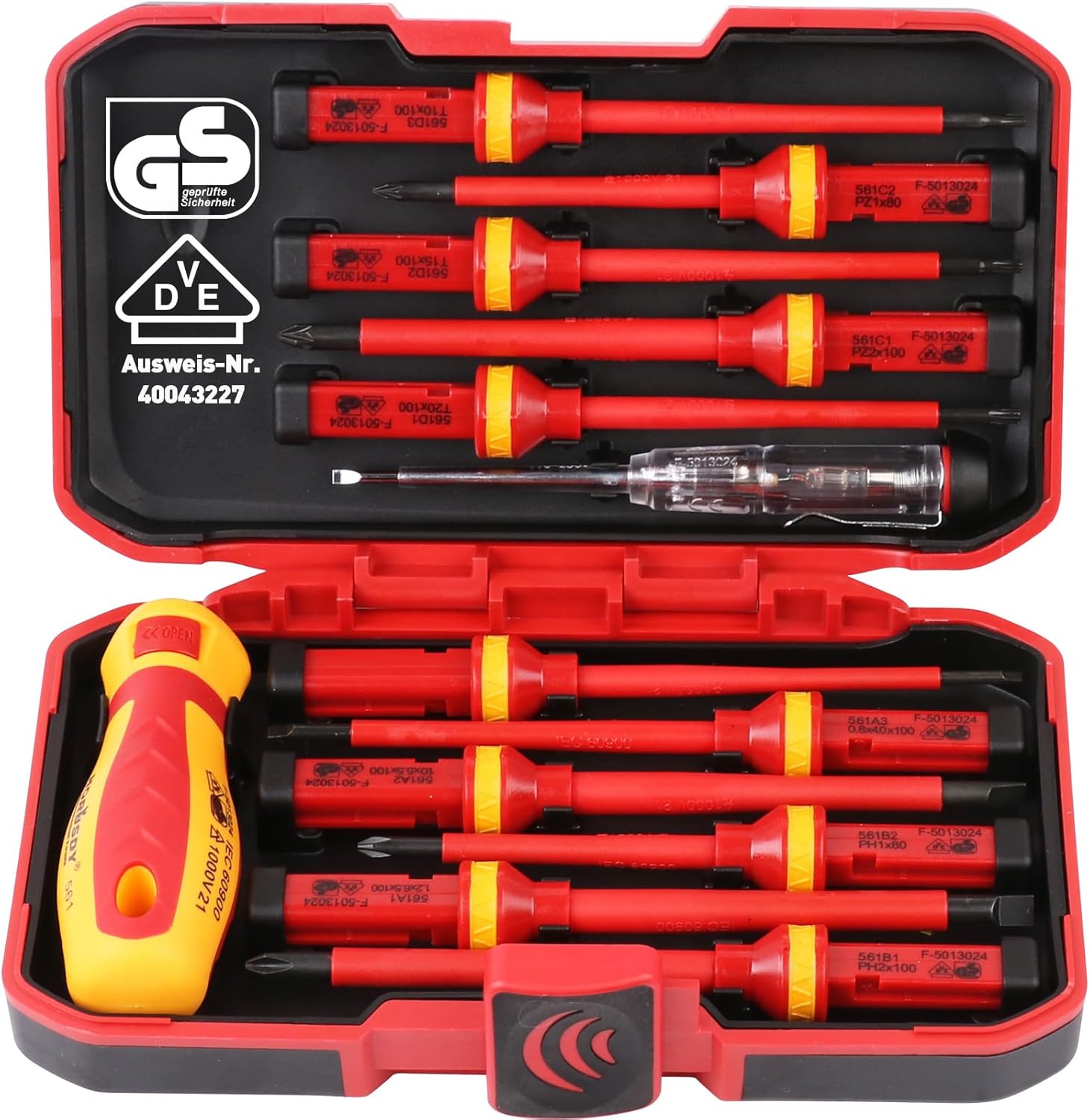
Are you looking for reliable ways to adjust your air compressor? Have you ever used a pressure regulator? Do you know the types of compressors with pressure regulators? Air compressors are inevitable in the current lifestyle we live.
It is used for almost every activity we practice daily in the house involving any air tool. I feel impressed talking about air compressors since they help us do multiple jobs in the house, including industrial level jobs, to increase productivity.
There are several options of air compressors in the market. They are suitable for different activities for which you may need an air tool. Choose an air compressor with your specific needs in mind. You can get the most appropriate tool for your particular device without any compromise.
The features of a compressor may differ according to its specific use. In this article, I try to focus on pressure regulators as one of the most critical compressor features. It would be best to know how to get around it if you want to understand your compressor better.
Contents
How To Adjust air compressor pressure regulator
I will give every detail about the pressure regulator to understand to help you use your compressor effectively. Some of the main questions the article answers include:
What are pressure regulators?What is the significance of pressure regulators?How do you read the pressure from the scale?Is it possible to adjust the pressure of the compressor? How is it done?
Pressure Regulators
These are regulators that help to alter the flow of air in a compressor. It is vital to adjust the air pressure you are using during your duties. It is an inevitable part of any compressor, and failure to have it means no work can be completed effectively. The regulator allows you to monitor the exact pressure you are using by providing you with a reading.
Therefore, its job is to help you ensure you don’t exceed or use less pressure as you require for your ongoing project. Your air tool also has a specific PSI number, which must be calibrated with that of the compressor. If the two numbers don’t match, it could lead to the hampering of your air tool.
The Pressure regulator comes with several air compressors. Just a few types of compressors lack them, and you have to purchase them differently. There are some compressors also designed to work effectively without a regulator. It is therefore imperative to check your compressor when the regulator is included or not.
The Significance of Pressure Regulation
When we work, there is a set optimum pressure. However, sometimes we find ourselves pushing the compressor to its limit even without our knowledge. A regulator comes in handy to ensure we don’t make the mistake of exceeding the pressure we need to complete a task. It makes your work efficient and helps you protect your air tool for the longest time possible.
Sometimes, when you push the compressor to its limits, it may stop working due to the high-pressure breakage. Compressors often break when it is not well maintained or become obsolete over several years of functioning. You need a regulator to save you a lot of work and money.
Adjusting Pressure with a Regulator
To effectively adjust your regulator, you need to confirm if there is a need to calibrate the settings to have the required measurements. It is essential since wrong calibrations lead to incorrect measurements, which can still be detrimental to your compressor.
There is a manual guide to help you calibrate the settings afresh. There is no standard way to calibrate the regulators since they come in different forms. Each compressor model has a unique reading that you can get from the manual then calibrate your regulator effectively.
Some compressors already have fixed values below the switch of the pressure regulator. It is, therefore, more comfortable with making calibration with those types of models. Near the valve housing, manufacturers include more information to help you with the calibration. If you find a set of screws, the single with a differential value needs only one screw. Any other flexible values will have two sets of screws to go with. One screw acts as cut in while the other is responsible for cut out pressure.
Steps To Adjusting Pressure on Your Air Compressor
It can be a straightforward process if you have the right knowledge on what to do. Follow the guide below to adjust the pressure of your compressor effectively.
• Power off your compressor and unplug it from the power source.
• Set a cut-in pressure point on the compressor and then set the cut-out pressure point. It should be a successive activity. The cut-in pressure screw in most compressors is found near the motor.
• Put back the compressor to the power source and plug it in.
• Create a new pressure by first draining all the pressure you have on the compressor, and then you set a new one. You can use the drain valve or put an air tool to release all the pressure you have. Sometimes you may not need to drain the tank. Just allow it to fill up to the brim by waiting few moments.
• When the tank fills to the brim, connect your hose with any air tool that you have been using to begin the regulation process.
• A different model of regulators is made with varying positions of the regulator knob. But it’s easier to see yours. Most regulators have their regulating knobs on the right-hand side. When regulating, ensure the cut-out pressure is higher than the cut-in pressure at all times.
• Increase pressure by rotating the screw inward or in a clockwise direction. Decreasing the pressure will require moving in the opposite direction or anticlockwise.
Readings from the Pressure Regulator
It is effortless to read from the pressure regulator. You don’t have to go for any sophisticated training to take readings and understand their relevance. Look at the needle of the regulator as it moves when you increase or decrease pressure. The needle changes position according to the pressure that you exert on the compressor tank.
As you regulate the pressure, ensure you match the PSI value you have on the regulator to that of the air tool you are using. The two have to fit correctly, or else the device will not function correctly.
The Importance of a Safety Valve
Every unit has a safety valve to check on the pressure buildup. When it exceeds the maximum required pressure, it can be hazardous to the compressor’s life. As the pressure gets in this dangerous situation, the valve kicks into action by ensuring the compressor stays intact.
The system has a spring that helps to regulate the temperature. When the pressure is very high, the spring gets overwhelmed and jolts to release the excess air, thus reducing the pressure level. Keep the safety valve the way it is at all times. It would not be worth altering it in any form, or else you want to change it to a new one.
Maintaining a Pressure Regulator
Every machine needs to be maintained well to improve its efficiency and durability. After using an air compressor for a long time, it starts to develop some issues. These are inevitable to avoid, and the only way to prevent them is to keep your compressor maintained well. You can face many nuisances with your compressor if you are not keen on the correct maintenance procedures.
As you check on your compressor, it would be best not to neglect the pressure regulator. It is as essential as the compressor, and its maintenance is vital to keep your equipment working effectively. The pressure keeps charging through the valve, which may cause the formation of cracks in the valve, which may increase to be more significant if not checked. Cracks will leak air and, in turn, hurt the tools you are using. Fix them promptly to continue using your tools effectively.
Issues with Pressure Adjustments
Most of the contemporary air compressors allow you to calibrate pressure to suit your unique needs. It is an efficient way to boost the productivity of your tools without a doubt. Different jobs require different pressure to use. Sometimes you are forced to reduce the pressure or increase, and the best way is to allow for calibration.
It would be best to check on the type of job you are working on to ensure you do the right thing. A mistake in the calibration spoils your equipment, and you should be very vigilant. The compressor tanks can endure high pressure, but they start failing when used for a long time.
Final Thoughts
Have you enjoyed these fantastic tutorials to make your job more productive anytime you use an air compressor? It would be essential to keep this guide to ensure your tools are held correctly and work to fulfill their job perfectly. I have used it for some while, and it has been a fantastic journey. Please feel free to add anything you may need to know on the comment section below this page.
Equally important, when you purchase a compressor, ensure you get the ideal device to suit your task. Check the PSI provided and assigned by the model manufacturer to make you aware of what you need for calibrations.




Leave a Reply